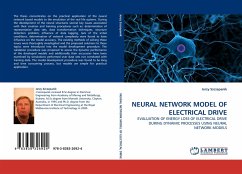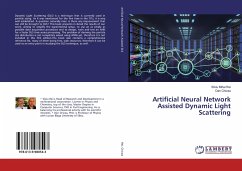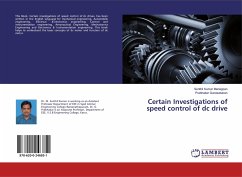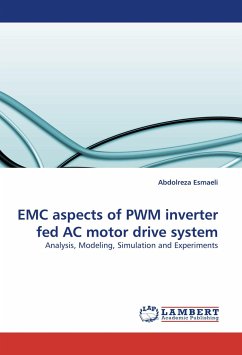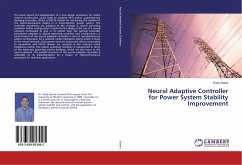The thesis concentrates on the practical application of the neural network based models to the emulation of the real life systems. During the development of the neural structures several key issues associated with their creation and training procedures such as: determination of representative data sets, data transformation techniques, structure detection problem, influence of data lagging, lack of the initial conditions, determination of network complexity were found to have influence on the model accuracy. The existing methods of solving these issues were thoroughly investigated and the proposed solutions to these topics were introduced into the model development procedure. The validation procedure was proposed to assess the dynamic performance of the developed models and additionally their accuracies have been examined by simulations performed over data sets not correlated with training data. The model development procedure was found to be long and time consuming process, but models are simple for practical application.
Bitte wählen Sie Ihr Anliegen aus.
Rechnungen
Retourenschein anfordern
Bestellstatus
Storno

